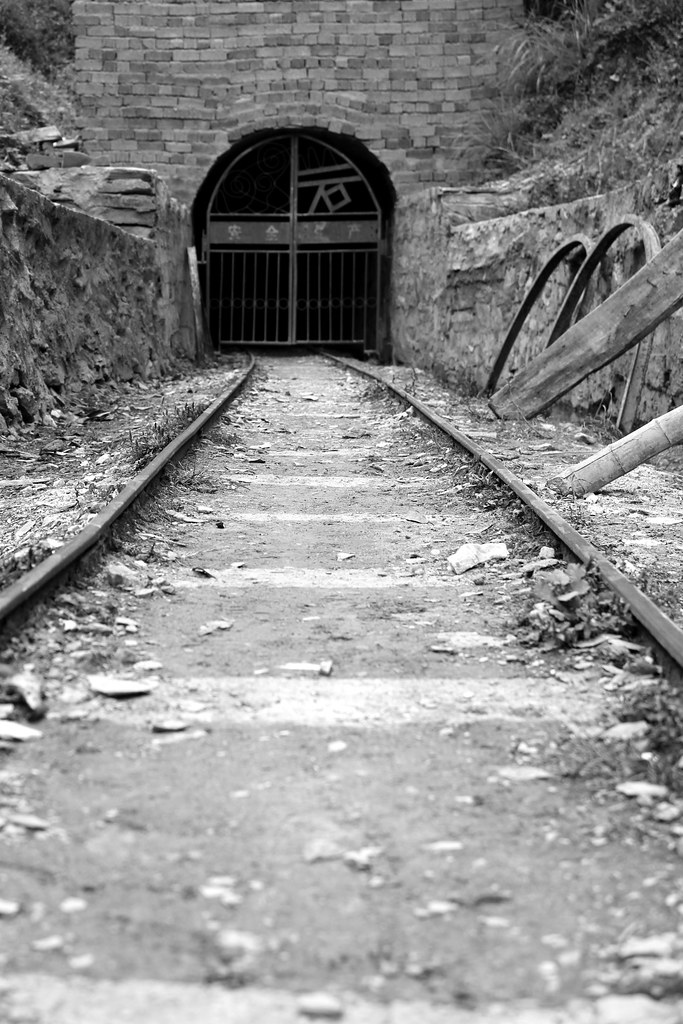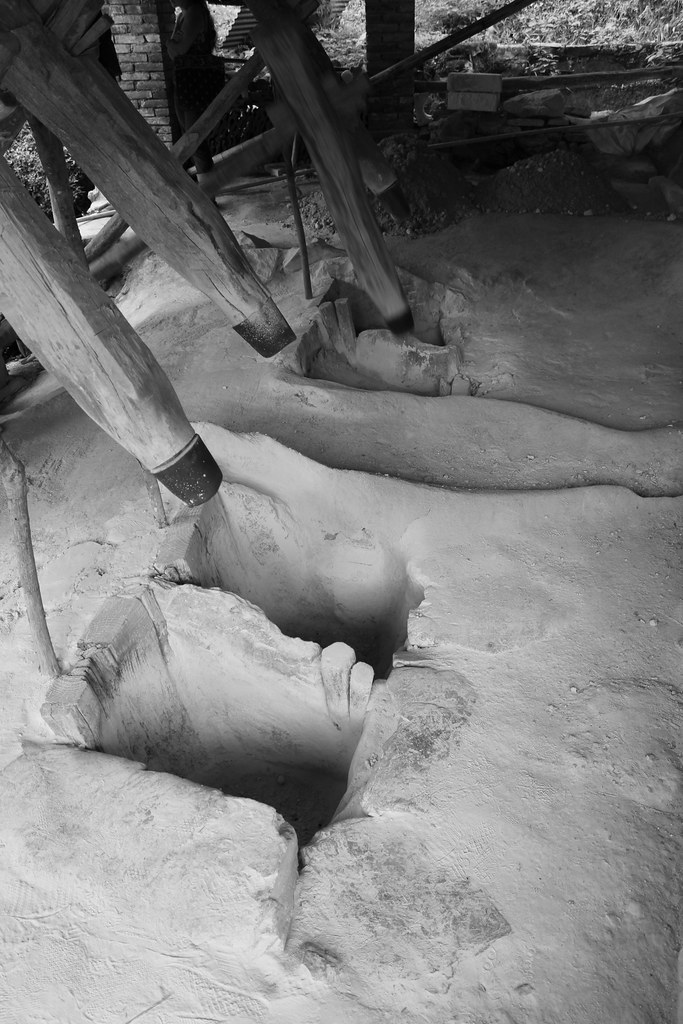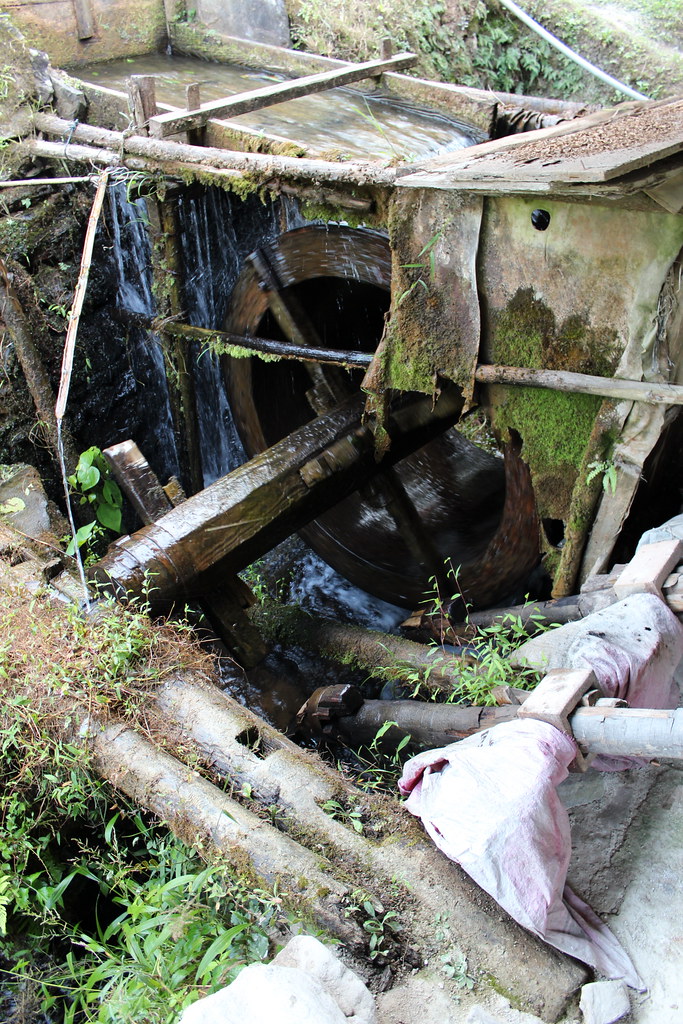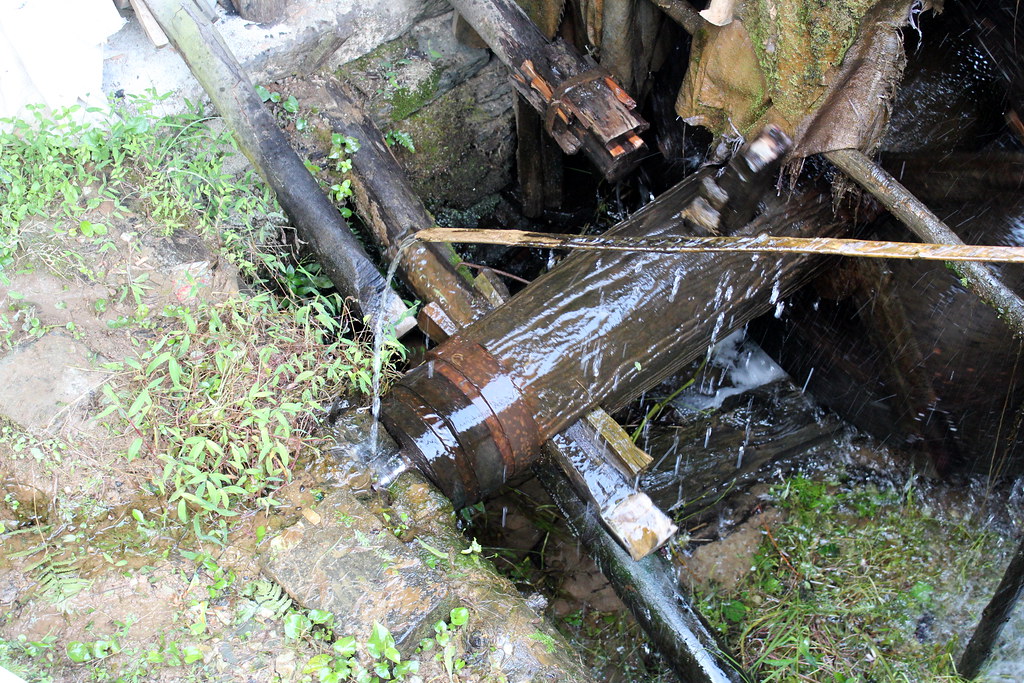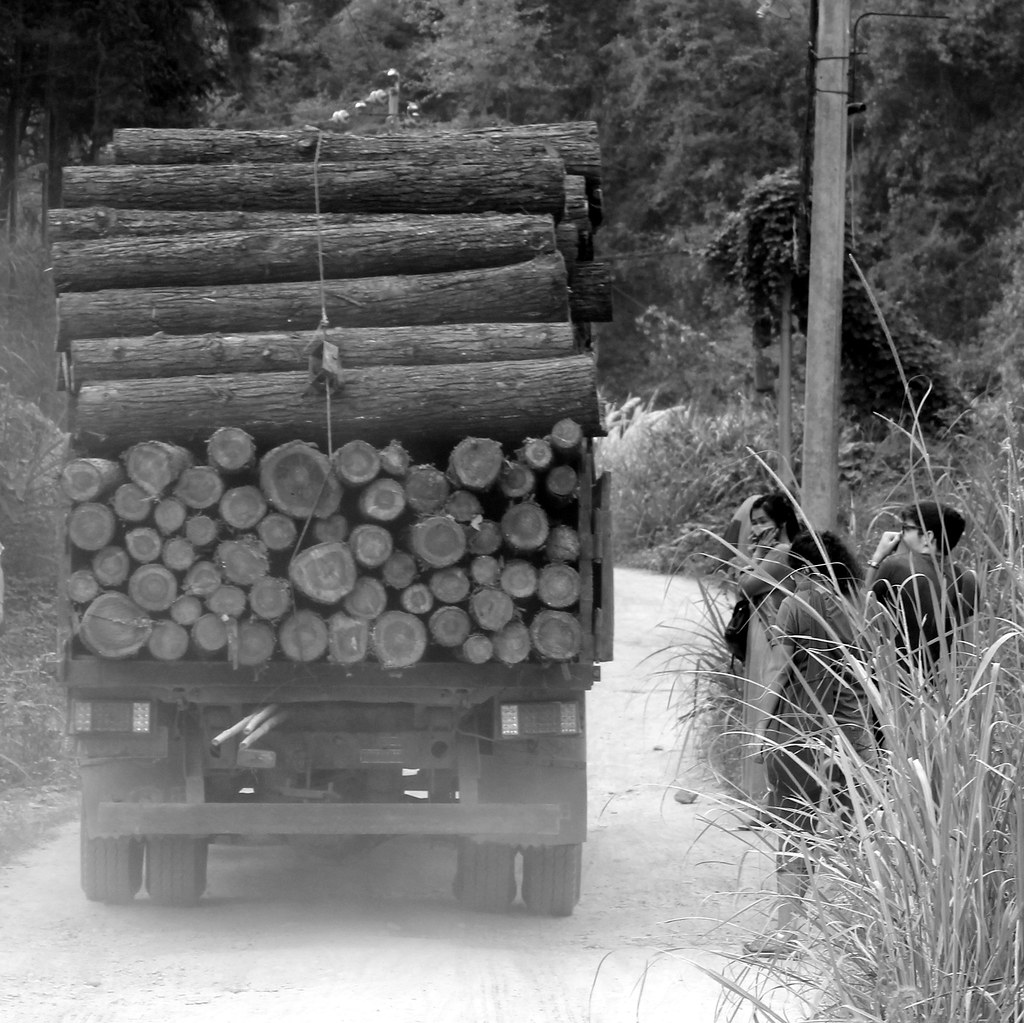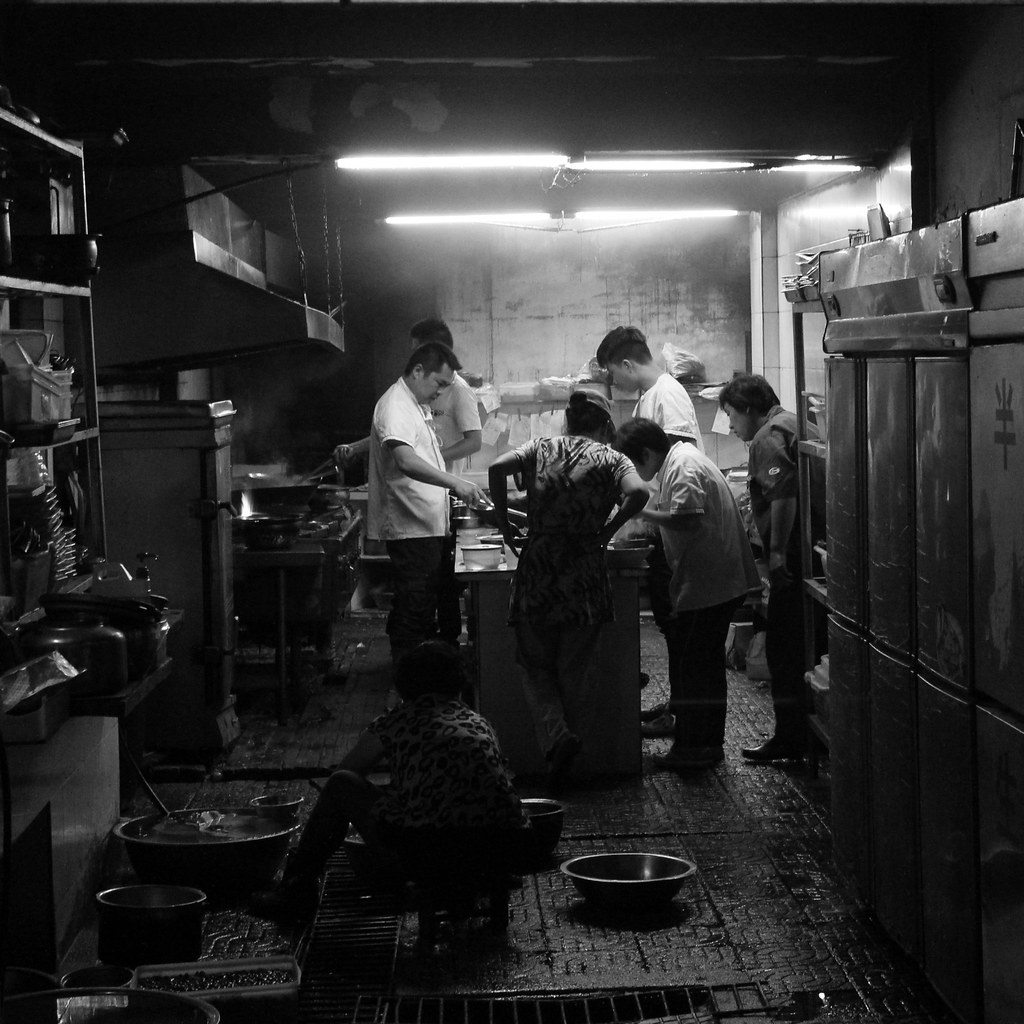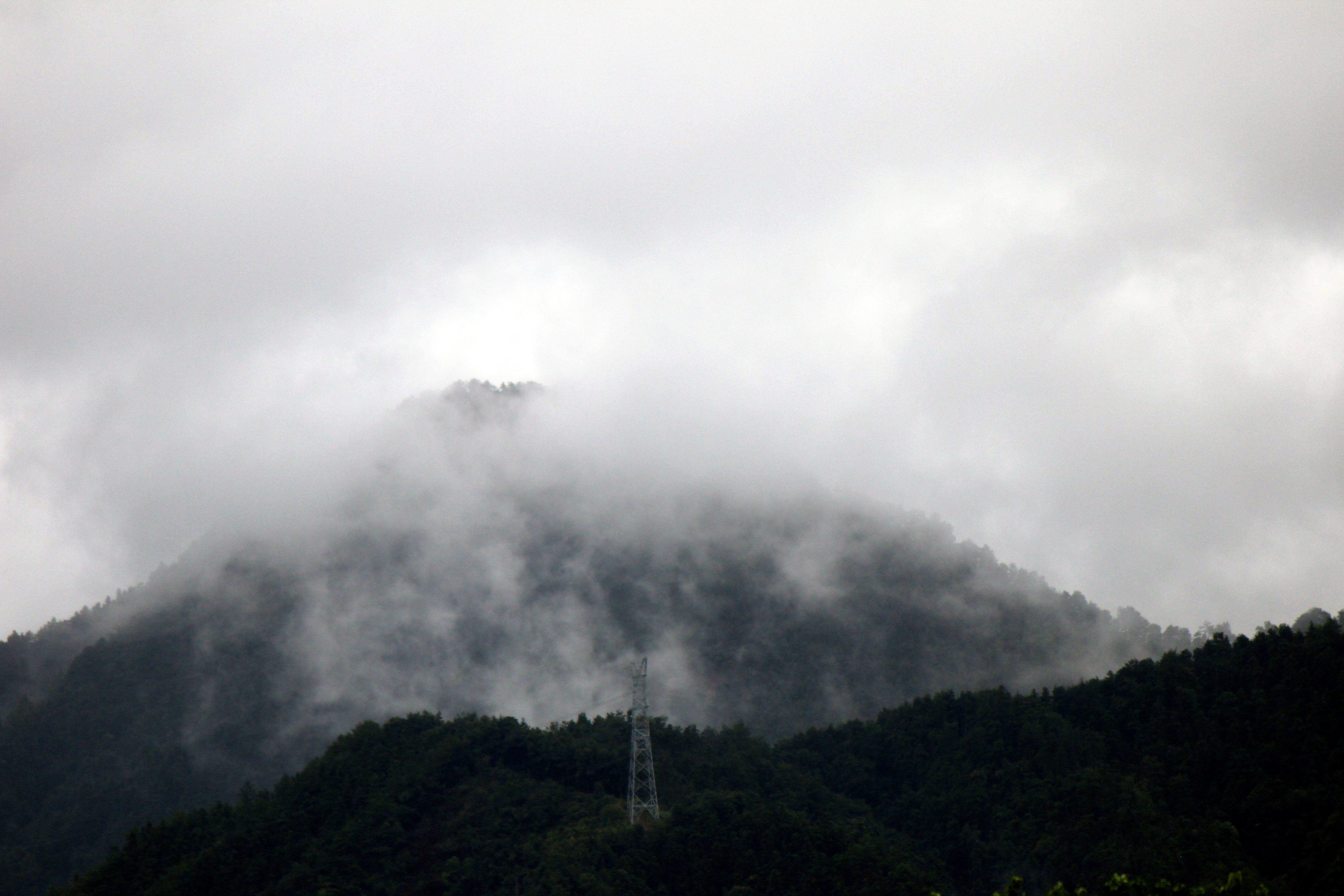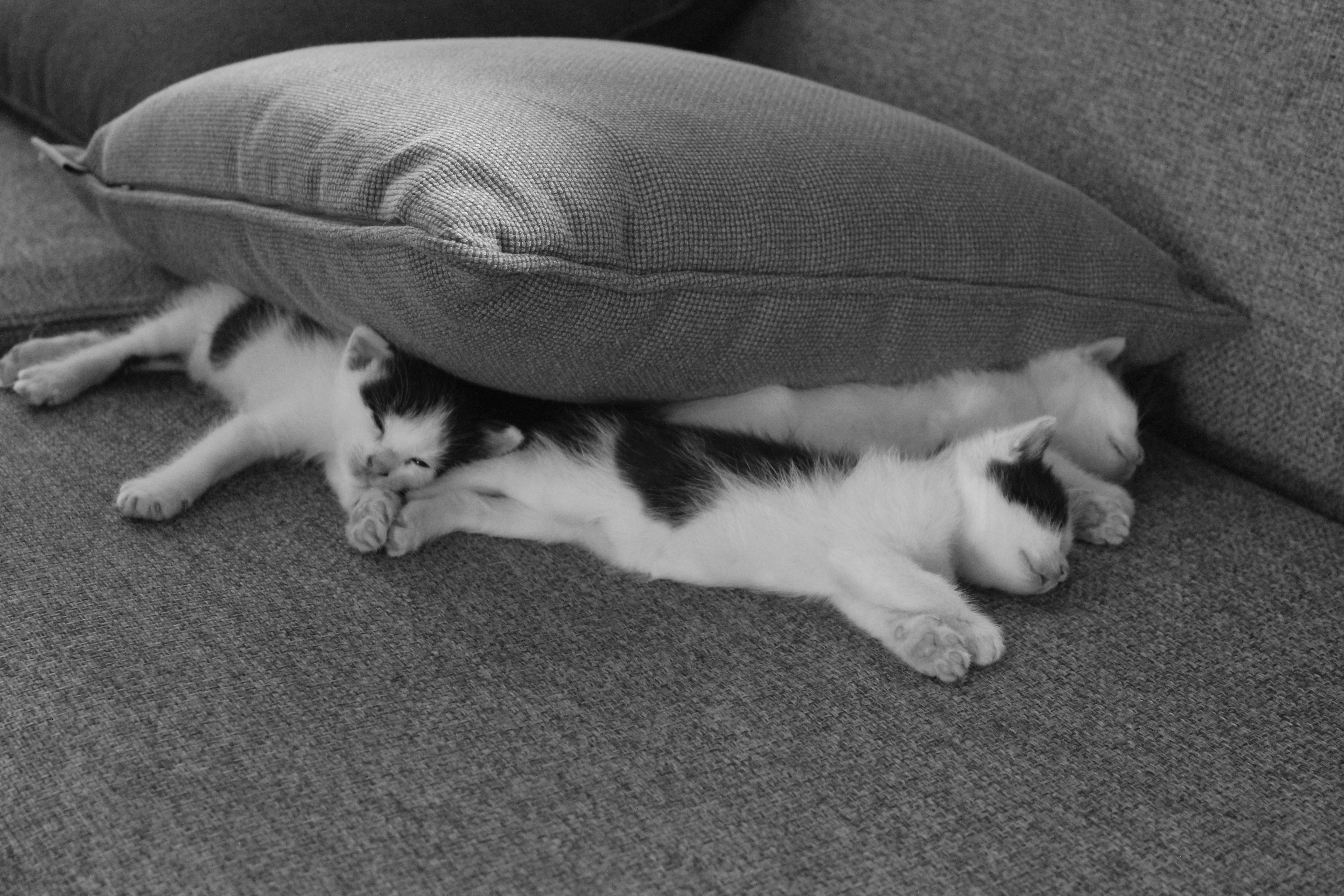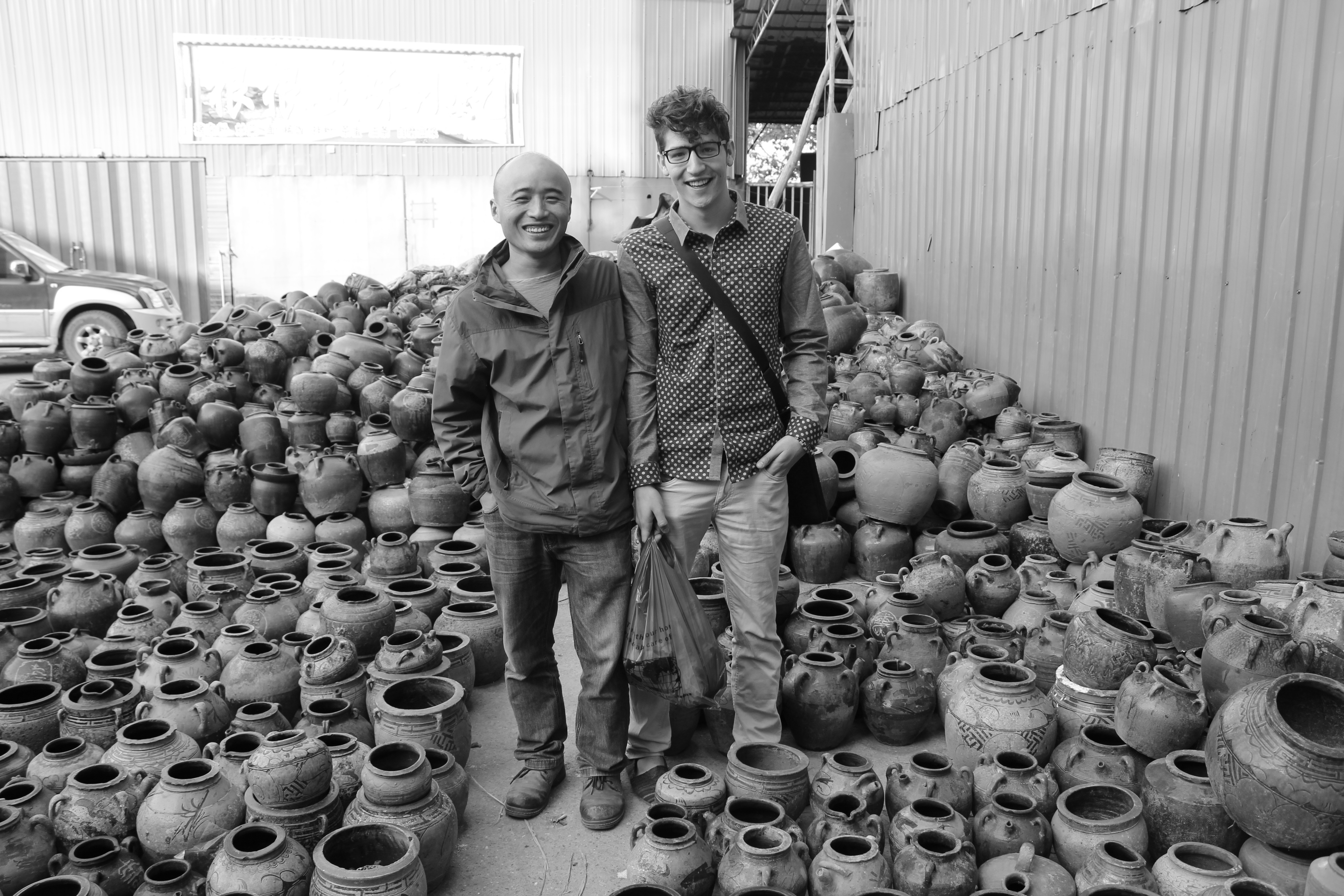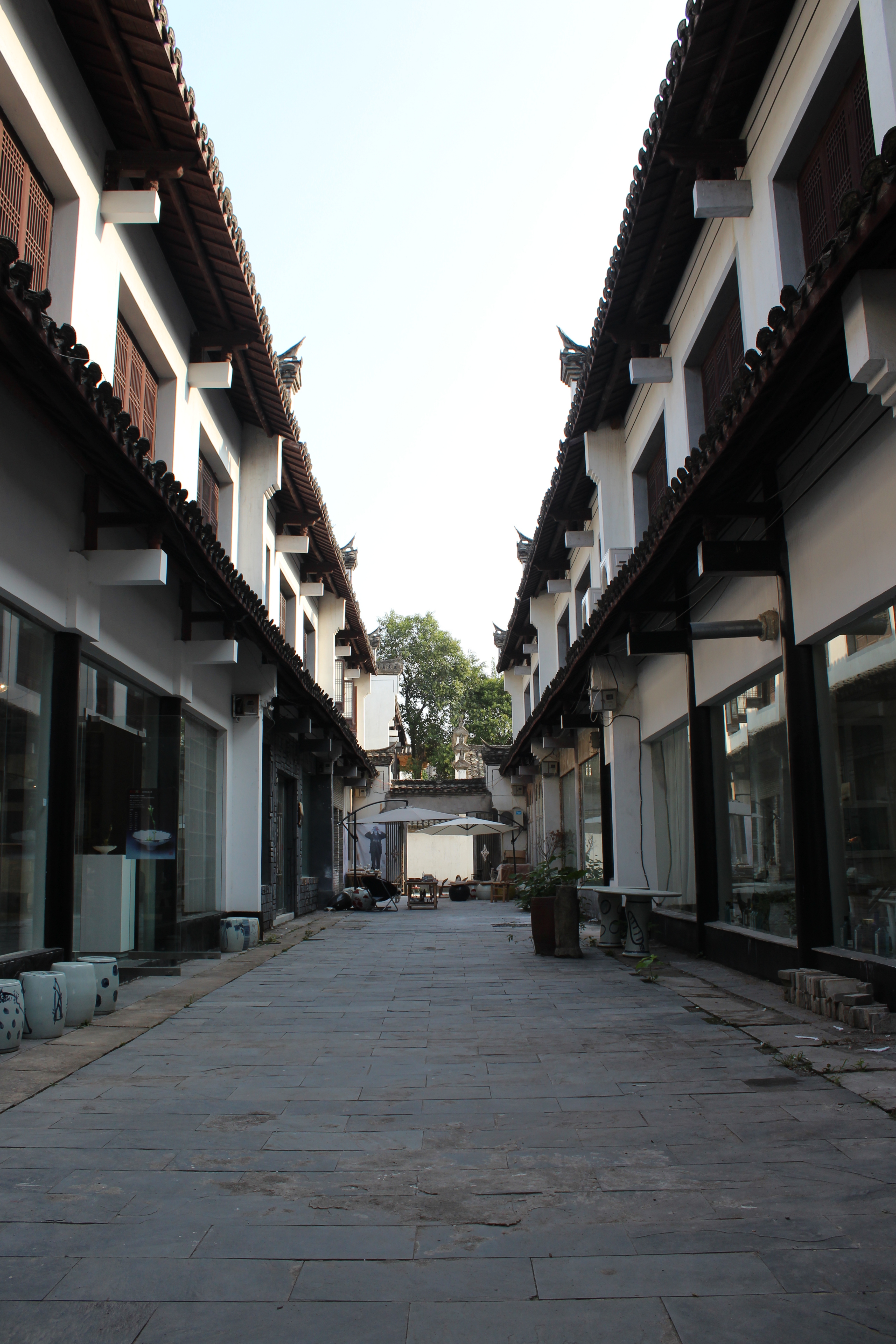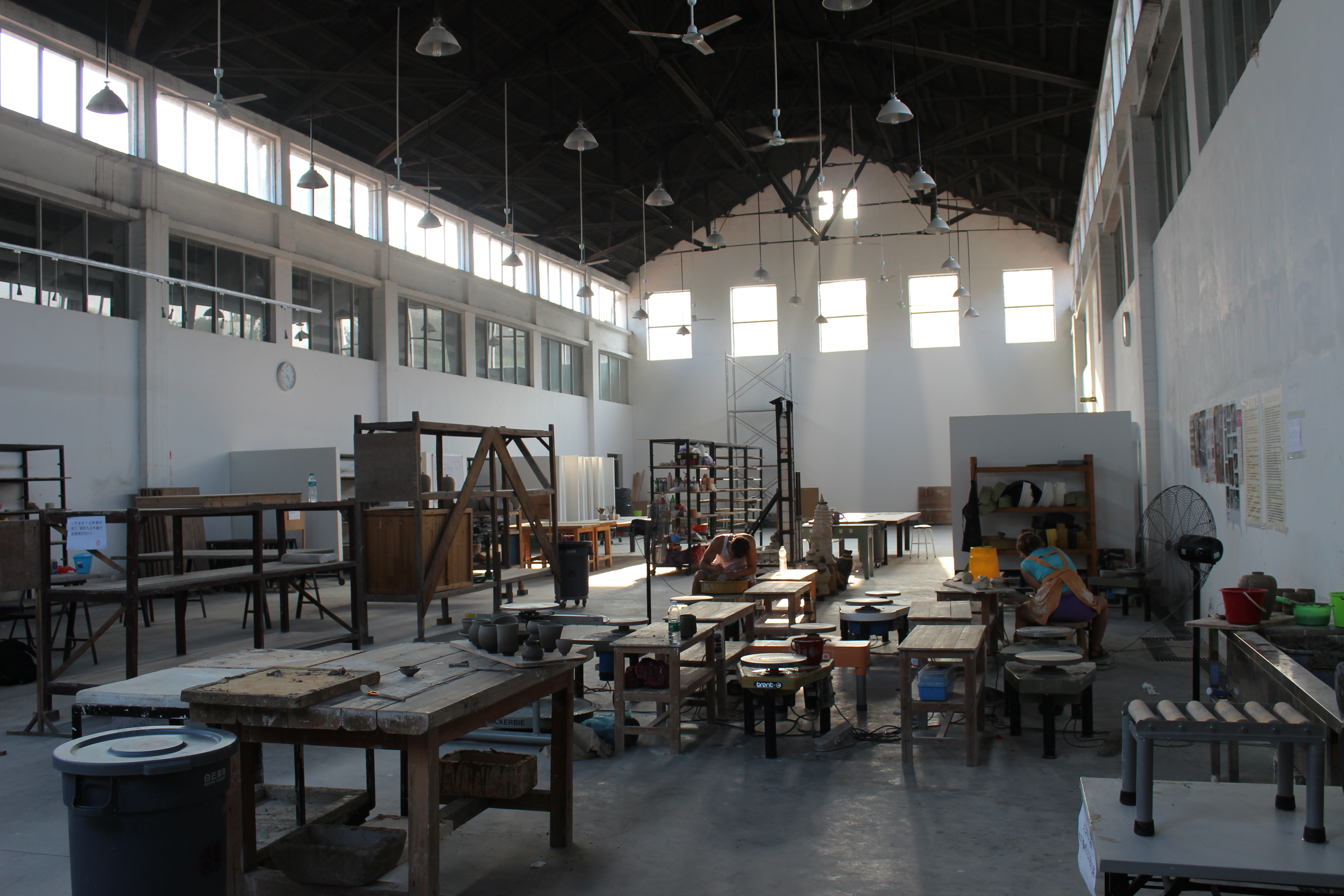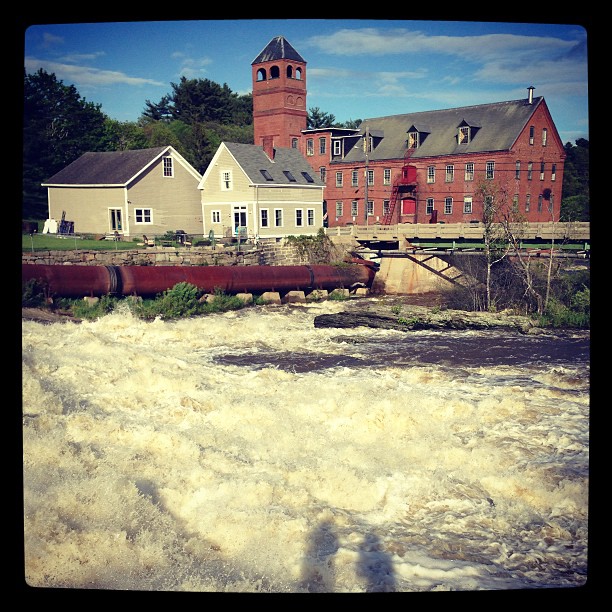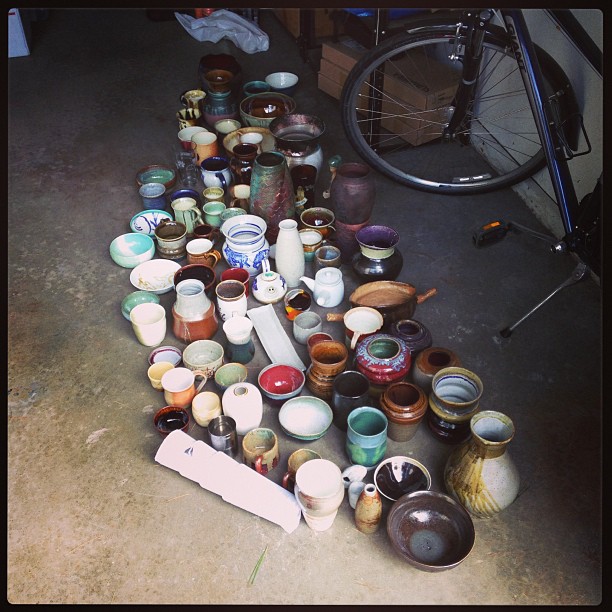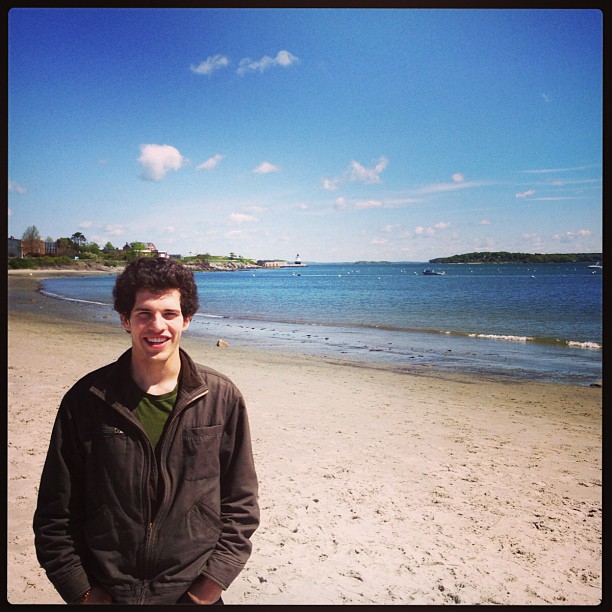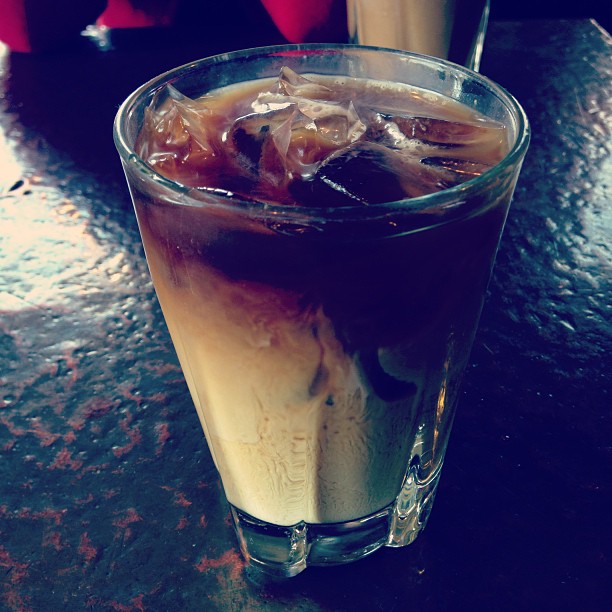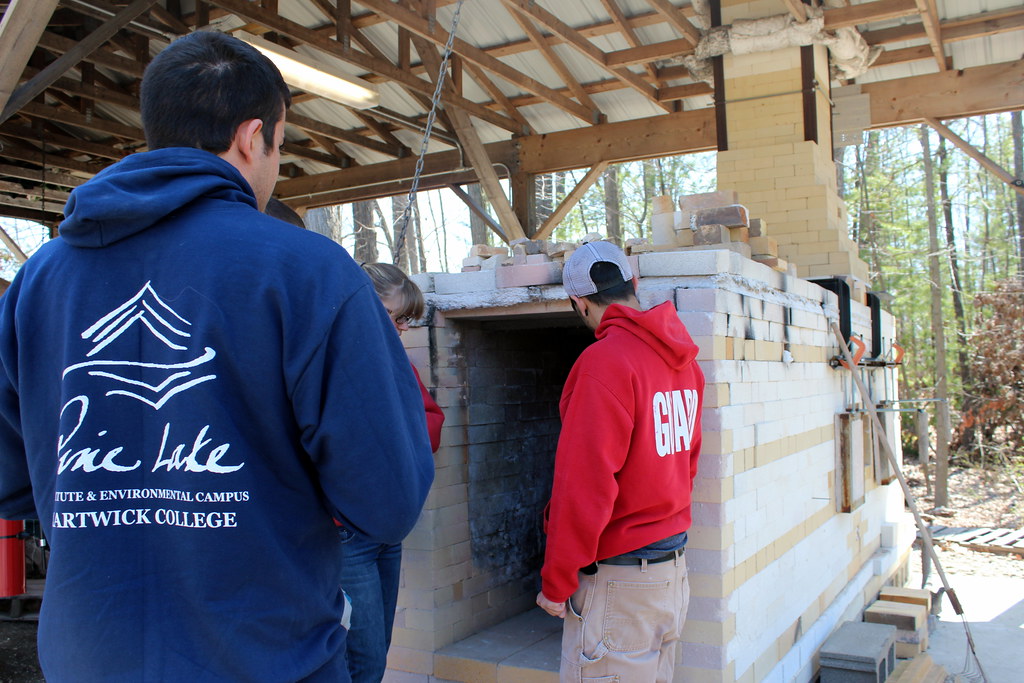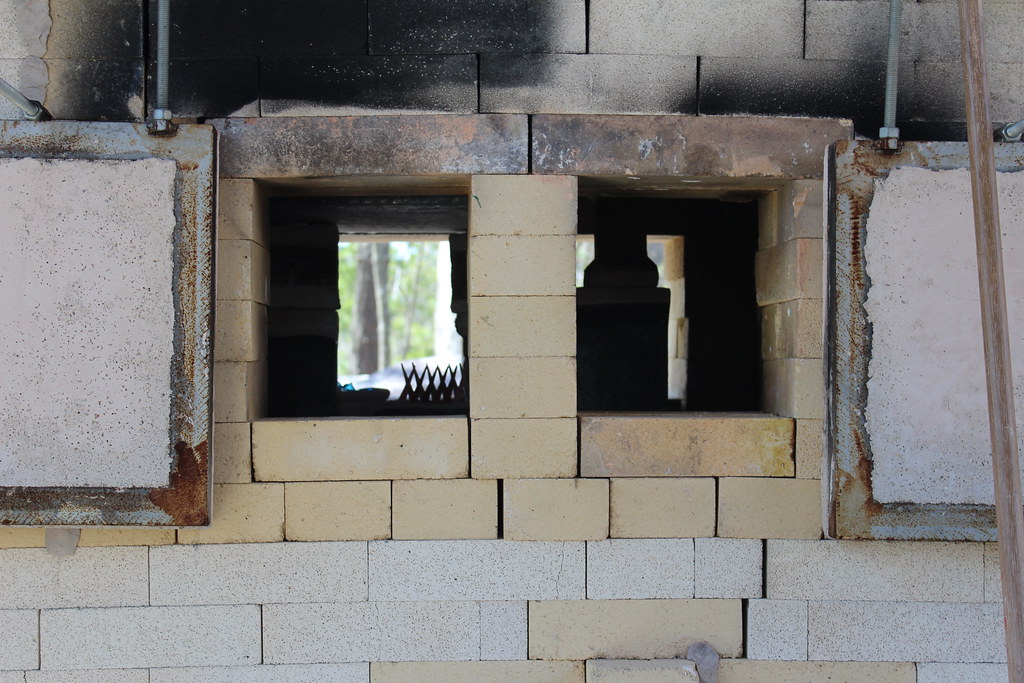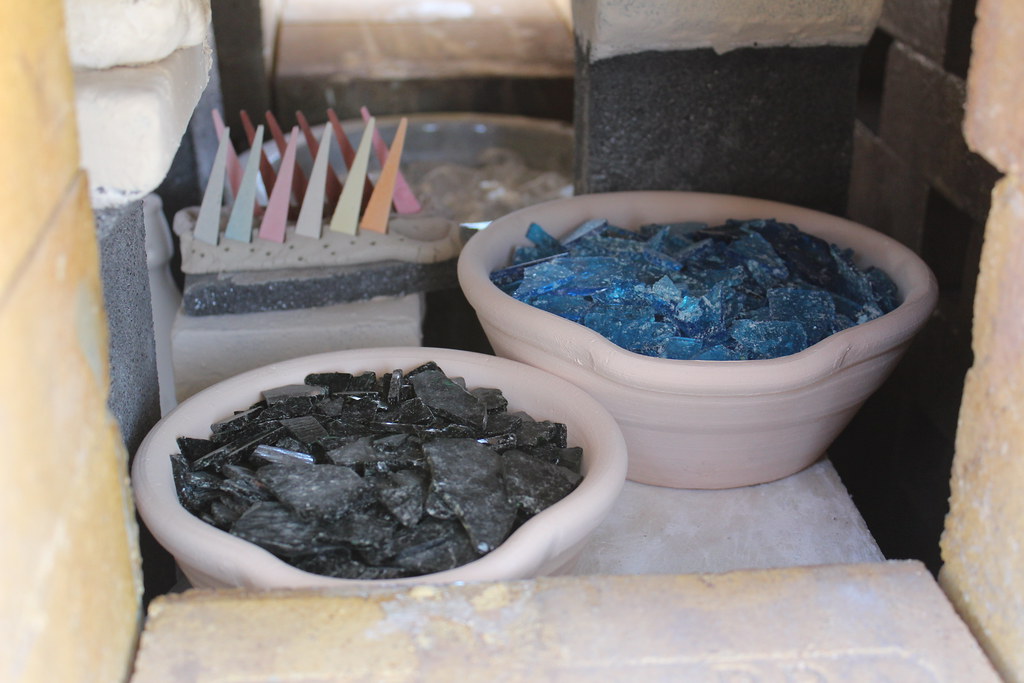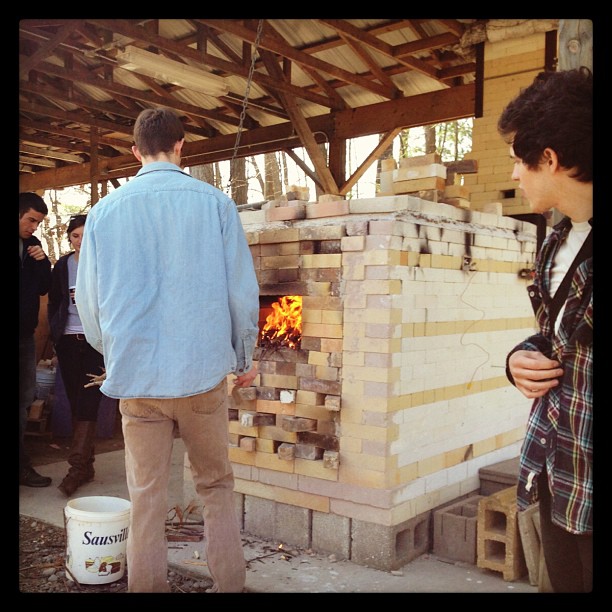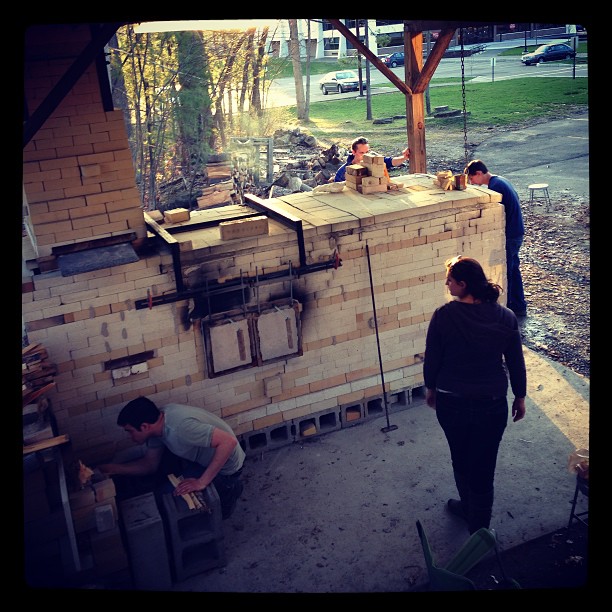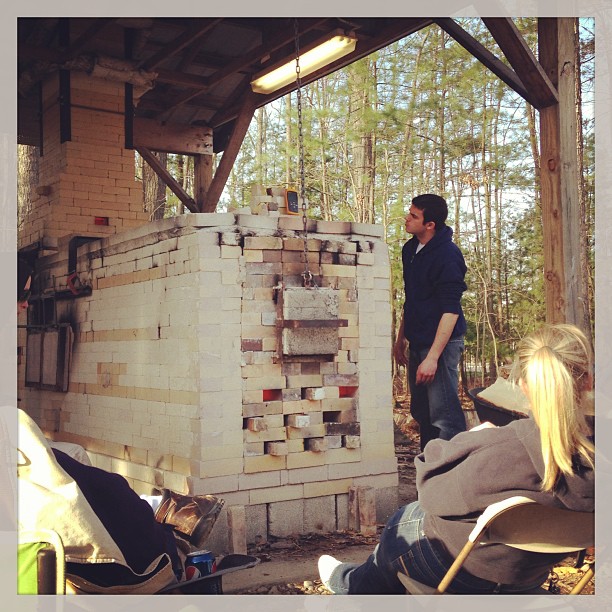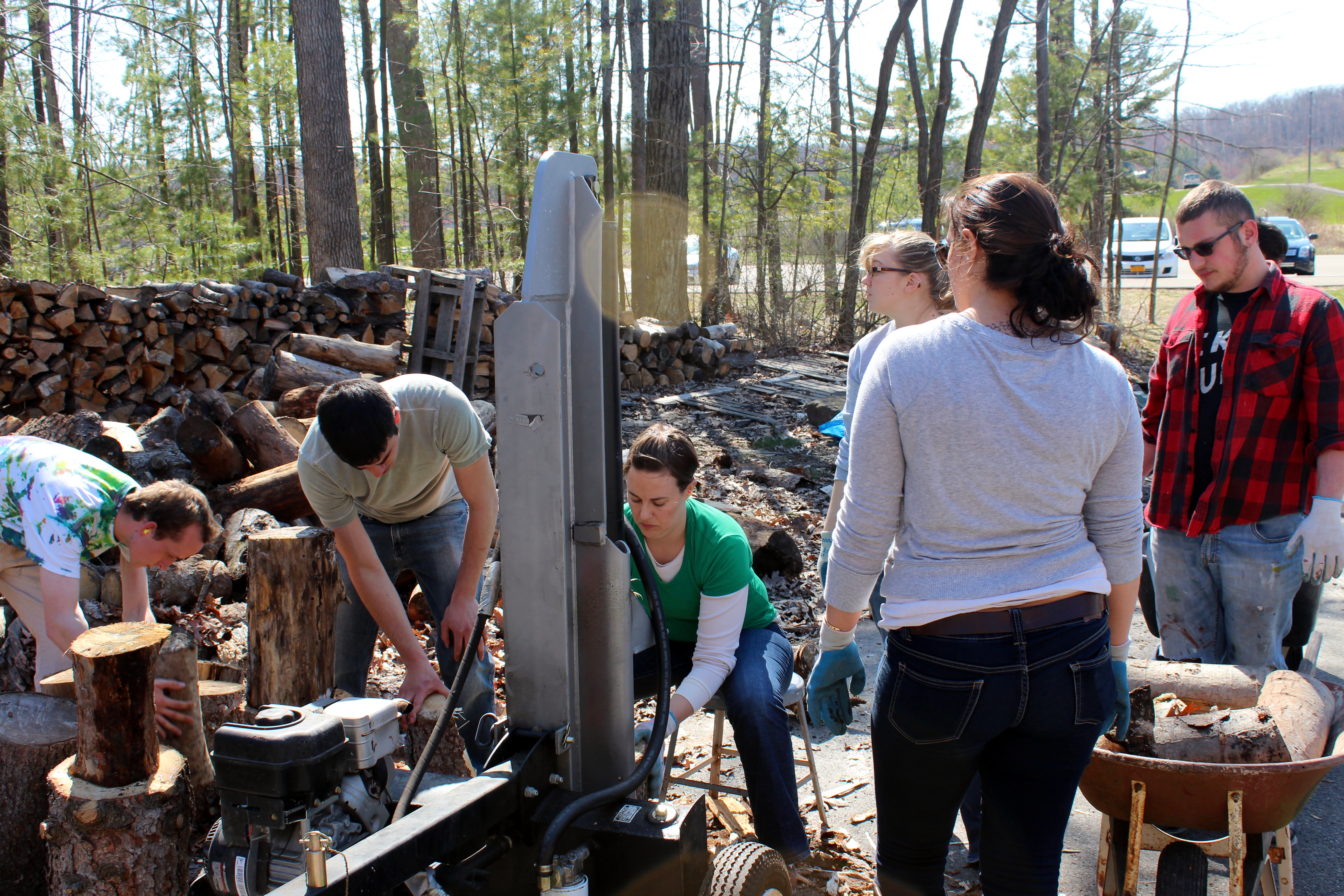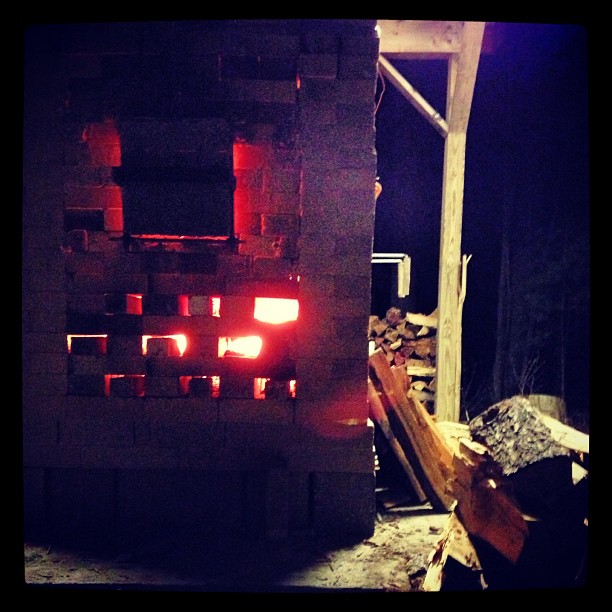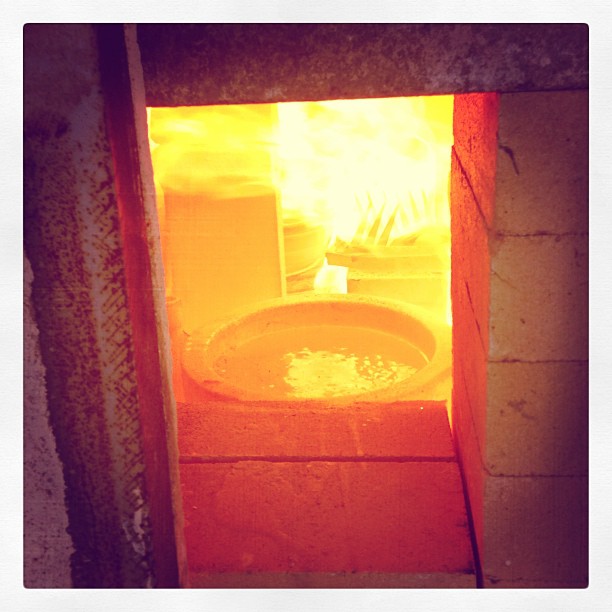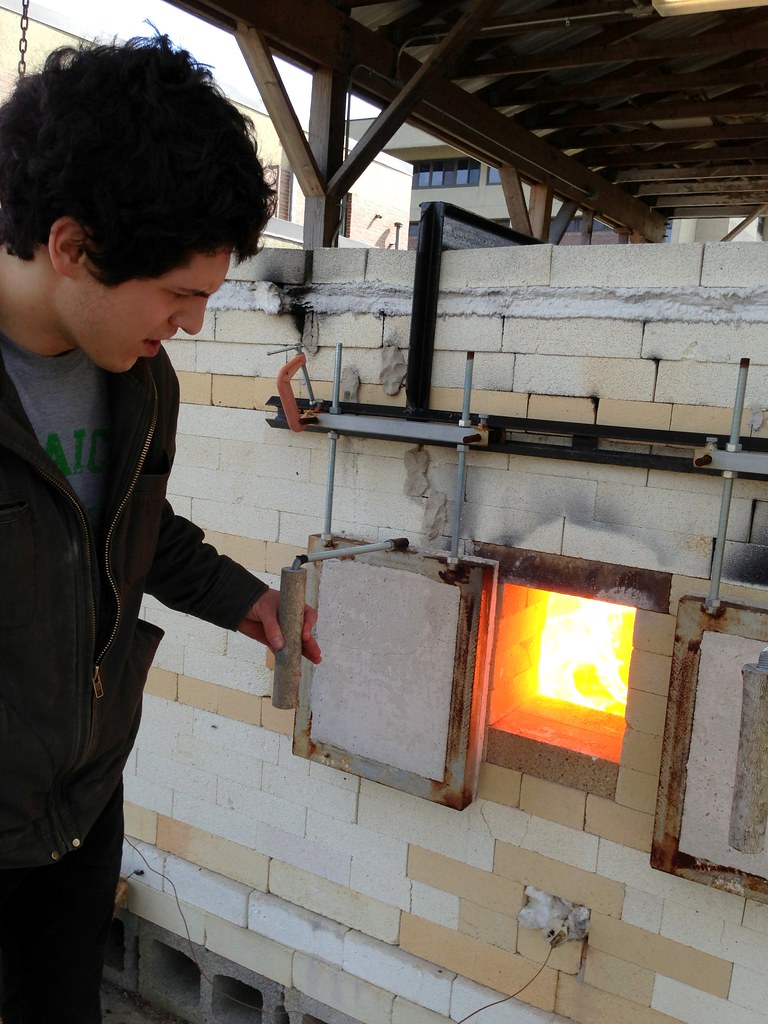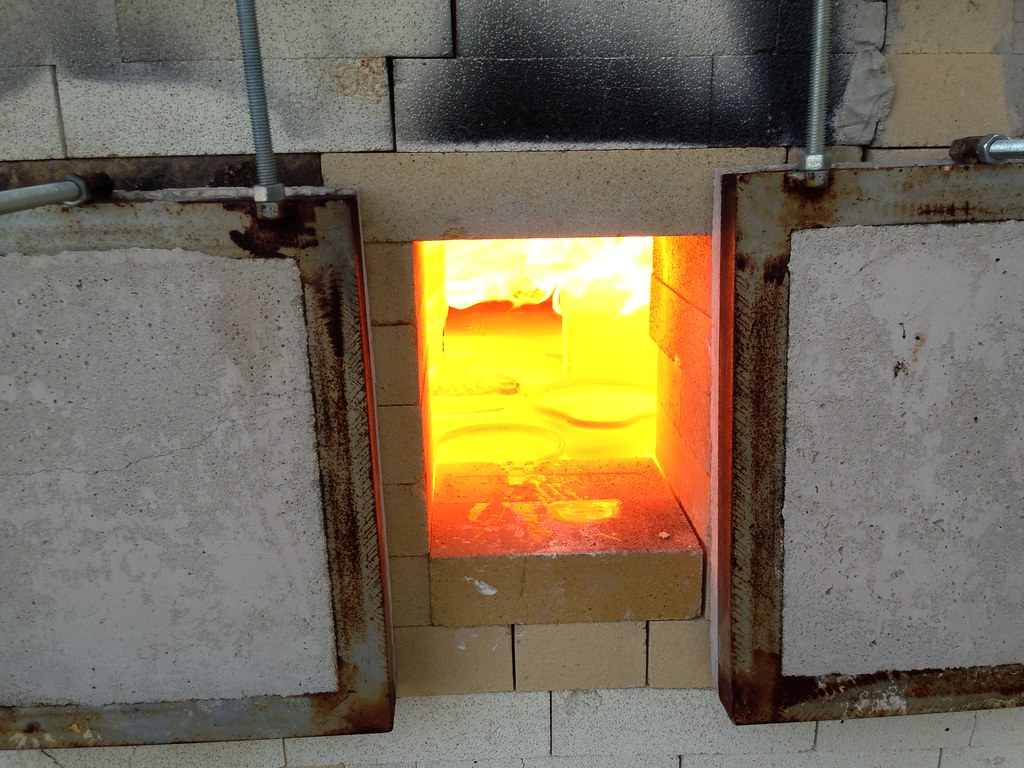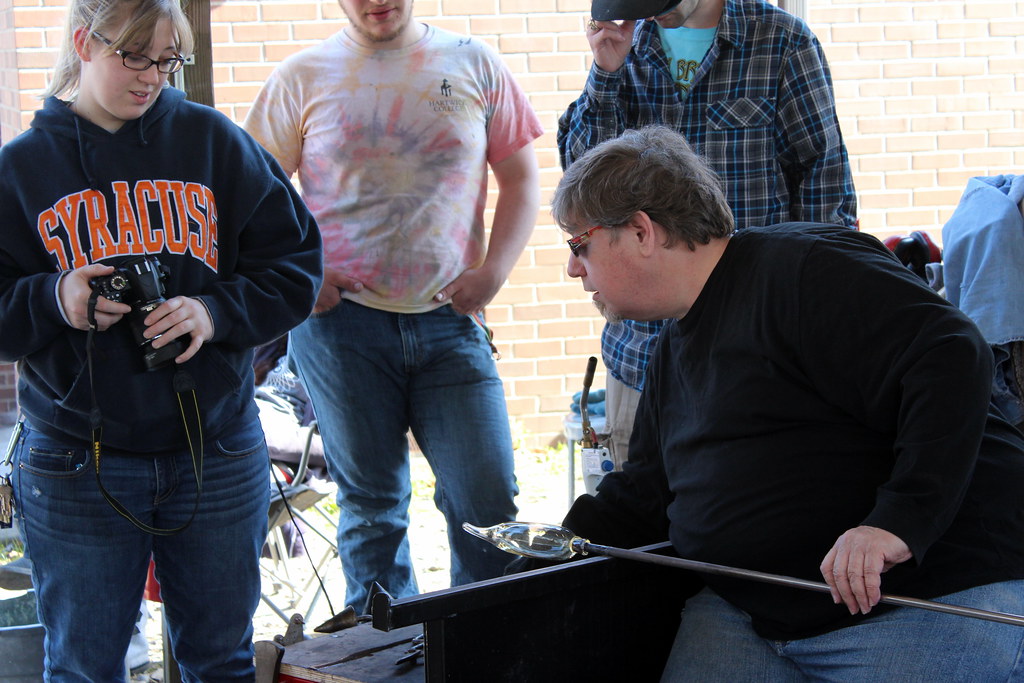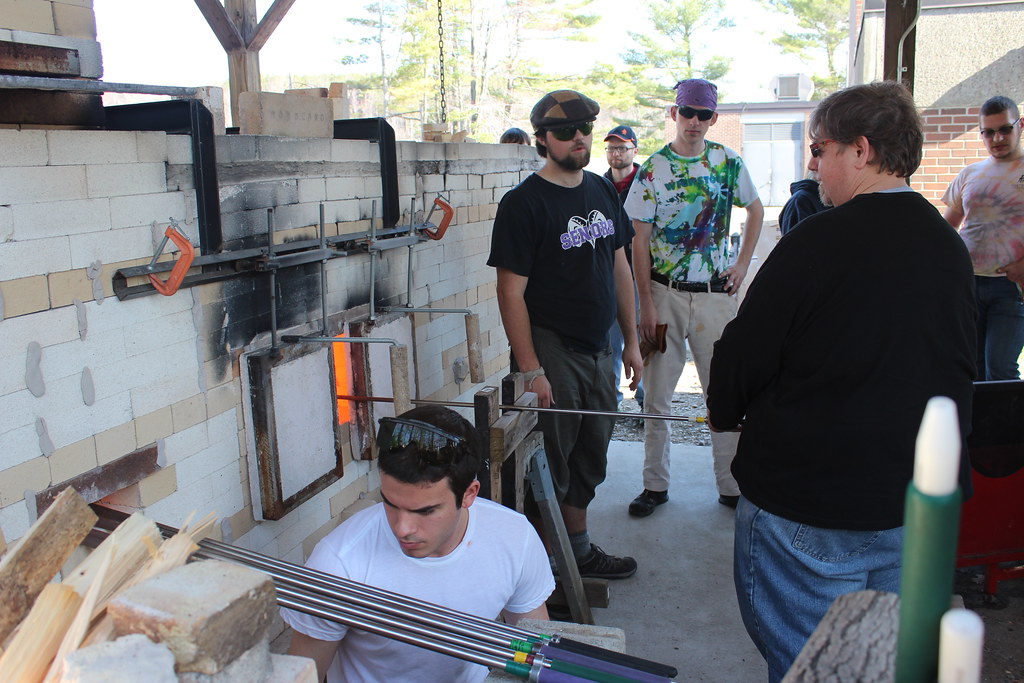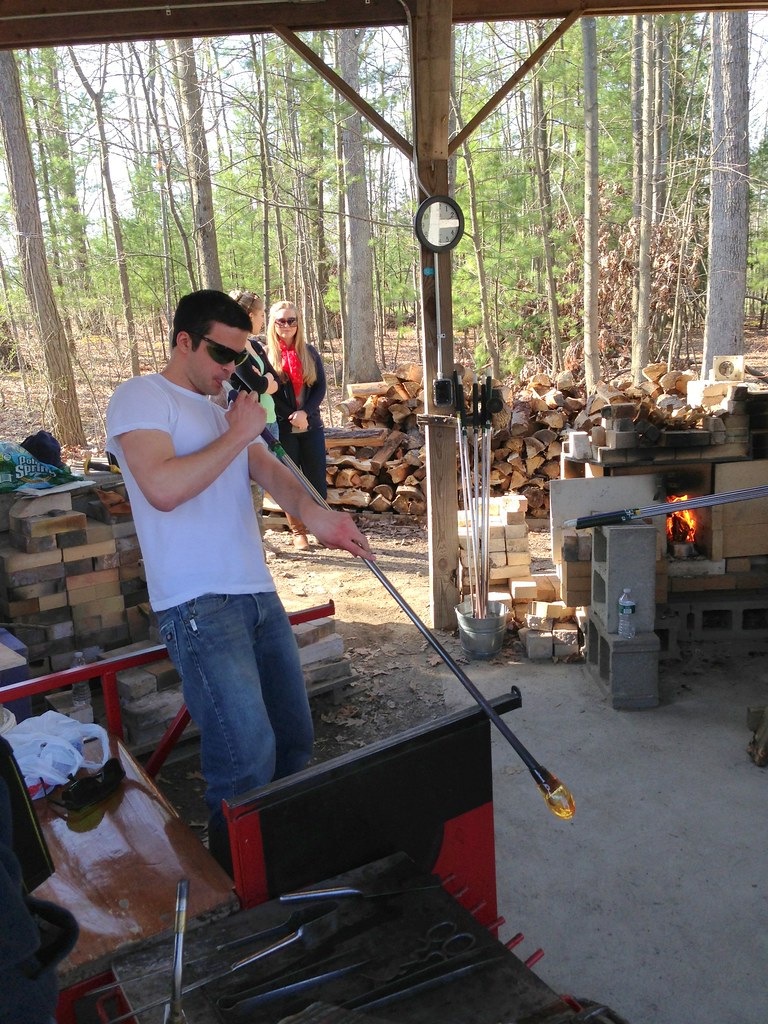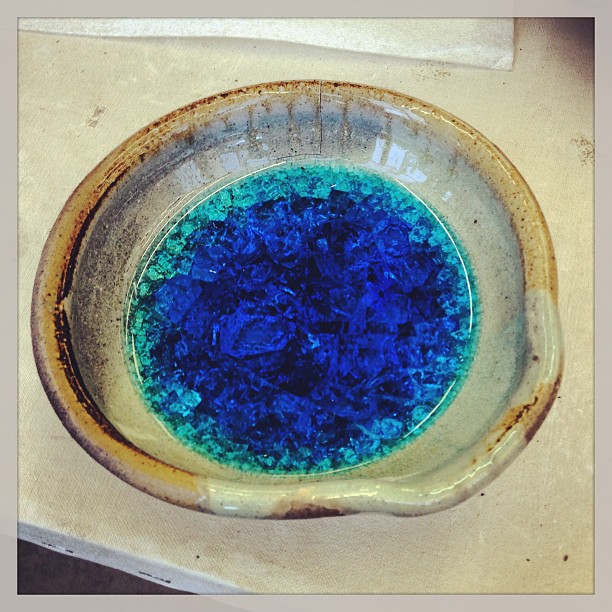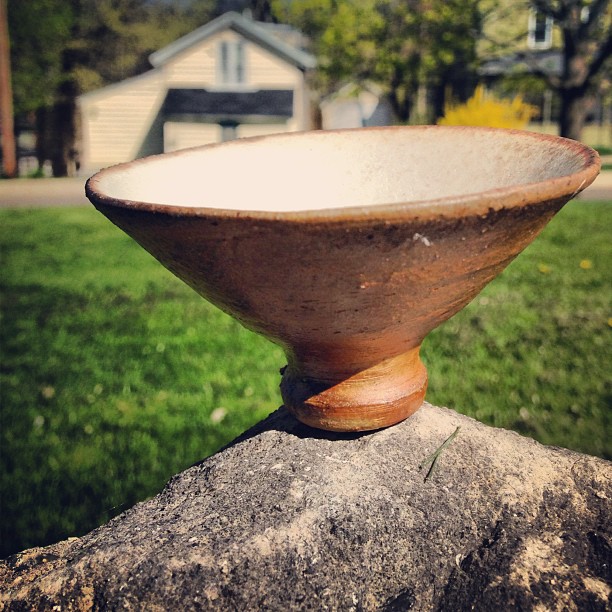I was eating lunch in a small village outside of Jingezhen when I heard the faint popping sound of fireworks in the distance.
I looked down at my cup of tea and noticed some ripples on the surface starting to occur every couple of seconds. In the distance I heard the sharp explosions of fireworks getting louder and louder. Seconds slowly ticked by and the volume quickly grew of the sharp cracking sounds of hundreds of little red explosives going off to scare away the demons. It was now accompanied by deep booms of much larger fireworks and the beat of drums. The large windows began to shudder with each wave of noise crashing against it.
Then the beginning of the parade emerged. A few of us ran out onto the street and watched five or six dozen people walk by, some with instruments, several strands fireworks hung on their body, and many holding up bright colorful banners. It even included a marching band very much dressed like a western marching band. At the height of the march was a casket hung from two pieces of bamboo, it was carried by the four largest men, this was a funeral.
Feel free to click these images for a larger viewing as there is a lot happening in each one.
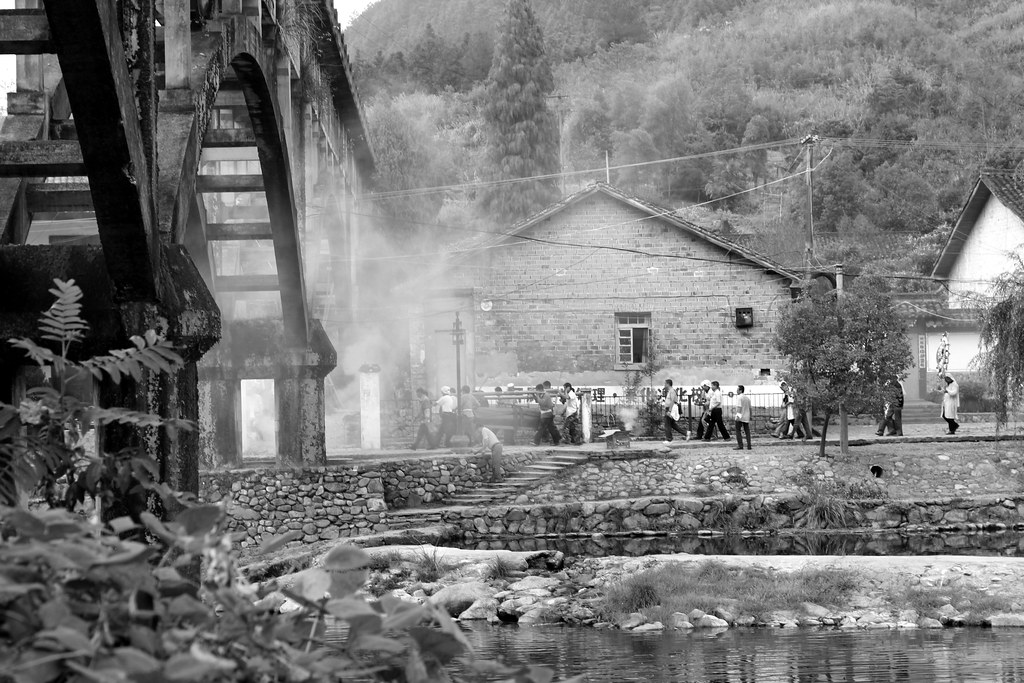 |
| The Coffin Brought into the Cloud |
They were marching along with the coffin on a course for the longest possible path through the town, which is in the chinese tradition of a funeral. Every so often they would stop, put down a box of fireworks the size of an oven, and set them off launching bright colorful explosions into the sky matching the color of the banners they carried. The group would kneel each time the largest fireworks were set off for respect and avoiding to get hit by burning phosphorous.
I felt like I was in a movie, but I also felt much more connected than just sitting in a theater. Documenting religious ceremony is always tricky in terms of ethics, but clearly this parade wanted to be seen and celebrated. This funeral was joyous and also recognizing loss, I would like mine to be like this, but I prefer the spread of my cremated ashes or sky burial instead of tomb at the end.
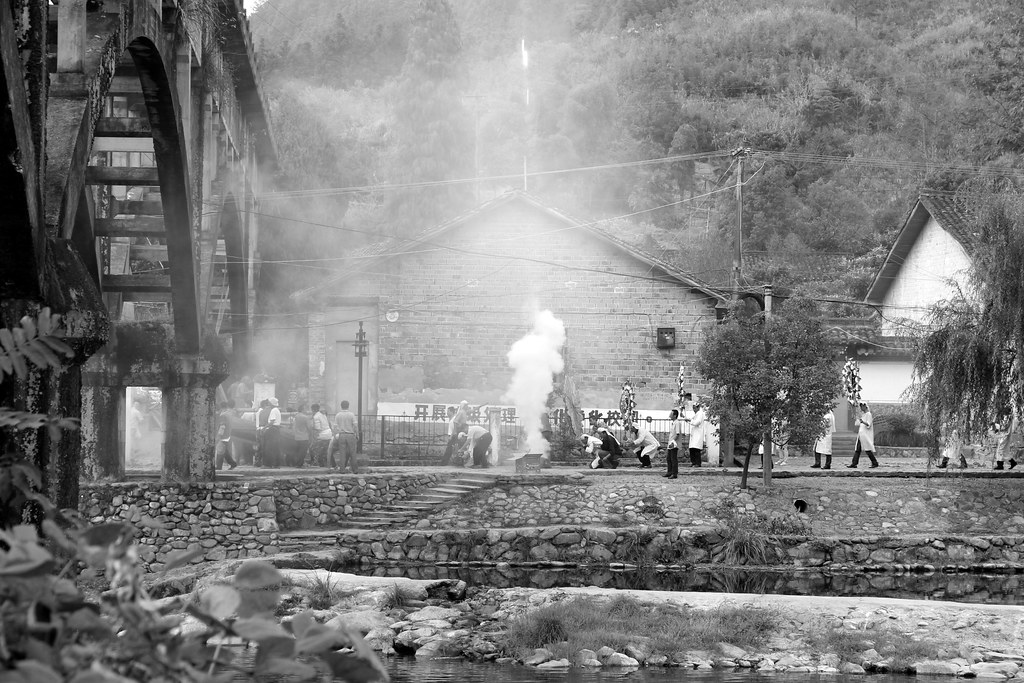 |
| The Fireworks Set Off |
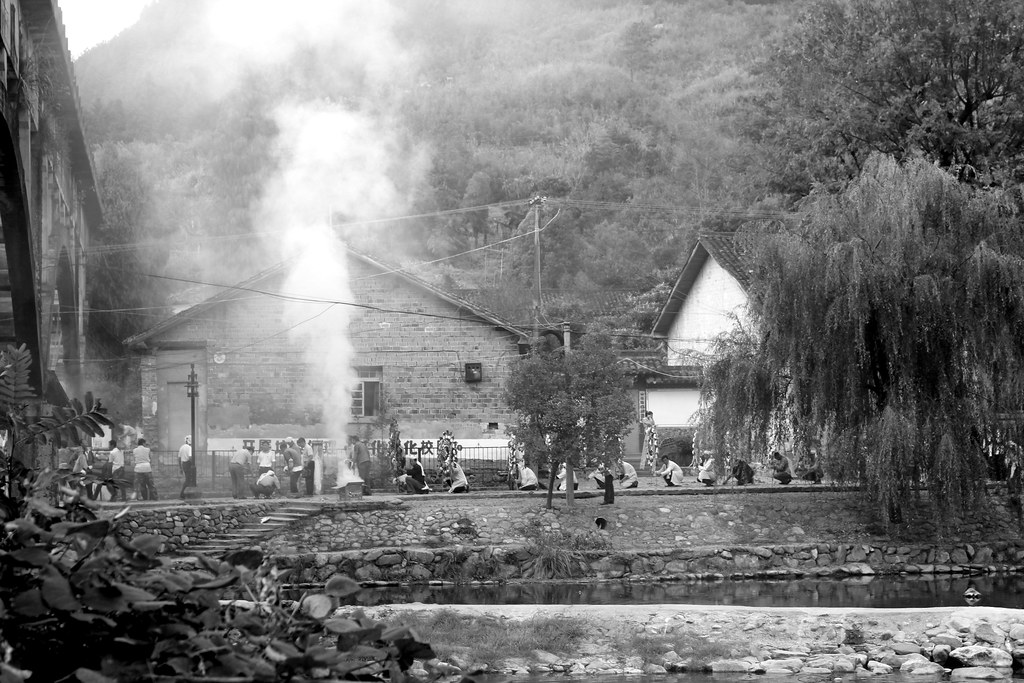 |
| Kneeling |
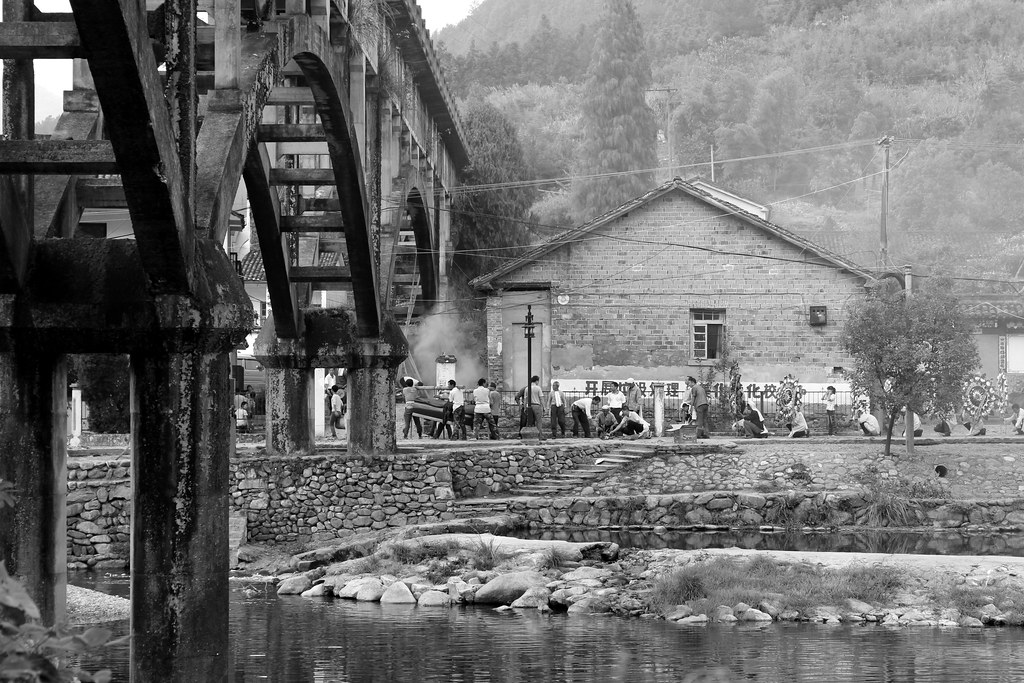 |
| The Parade Continues |
They marched up our side of the river and then back down the other where I was able to get some clear photos of the whole thing. a massive mound of clothing and blankets belonging to the dead rest on the bank of the river. The friends of the man poured fuel on the pile and lit them on fire. This stark celebration life and death really surprised me. It was loud, it was happy, it was very much marking the ending of something and the beginning of another.
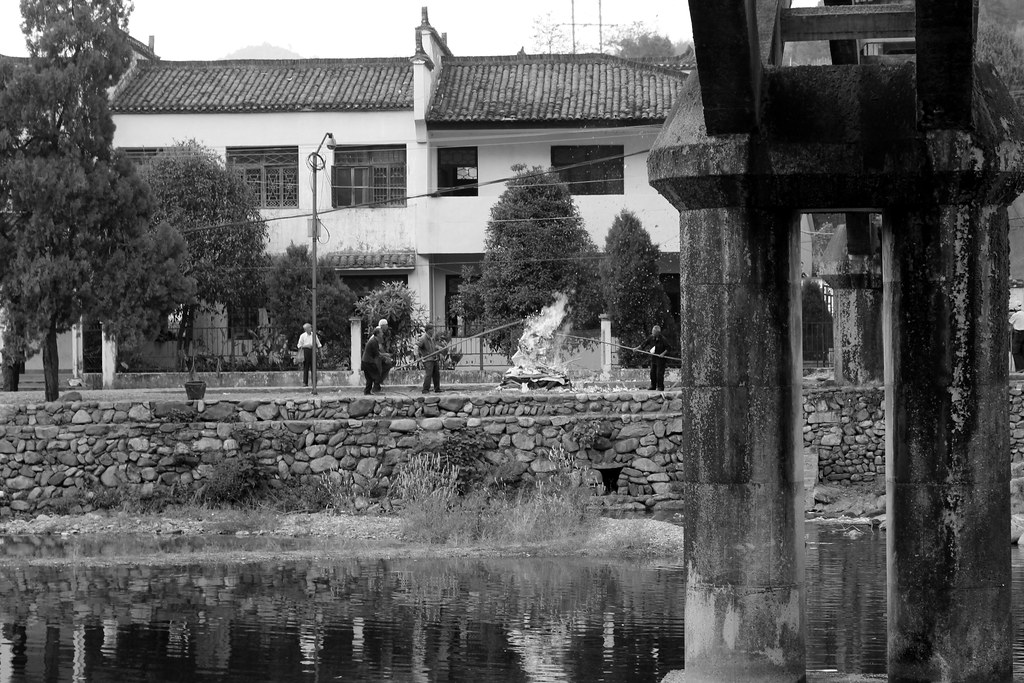 |
| Burning the Clothes |
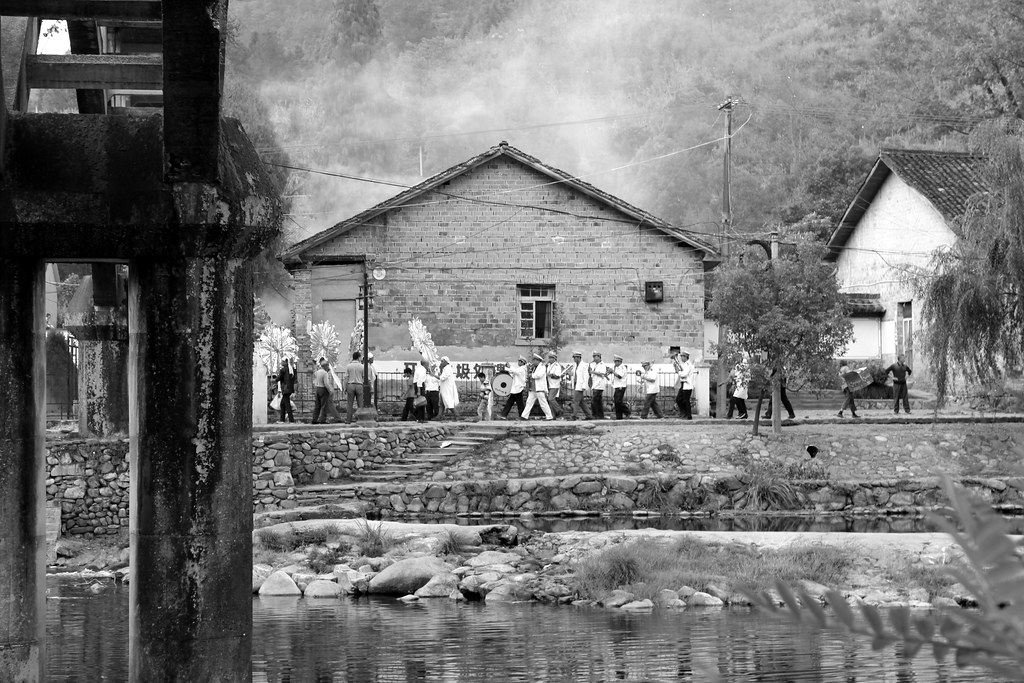 |
| The Band |
The group began to theorize who this person was, we thought possibly it was an important official of the town. We began talking to two elderly men hanging out on the river with us and they explained this man was not a local official but a beloved person who influenced the town for the best, and his children wanted to see him off well.






